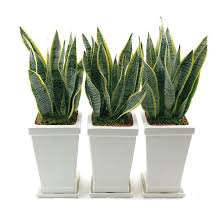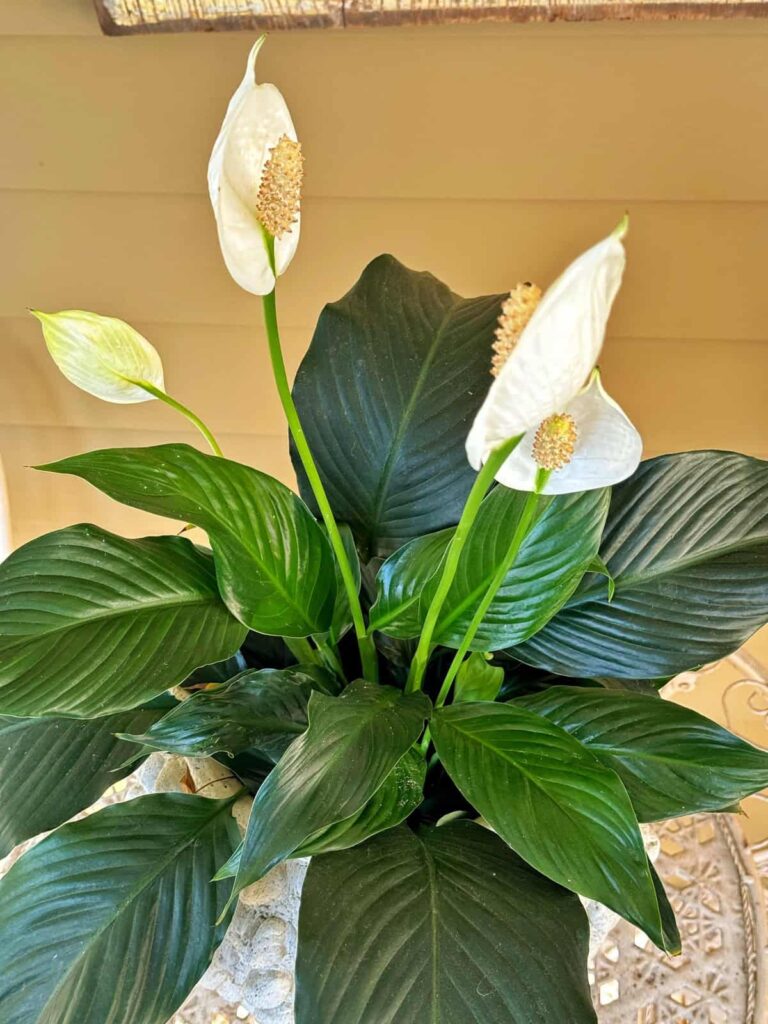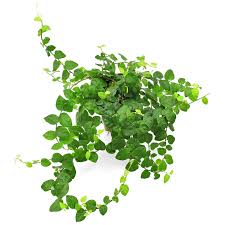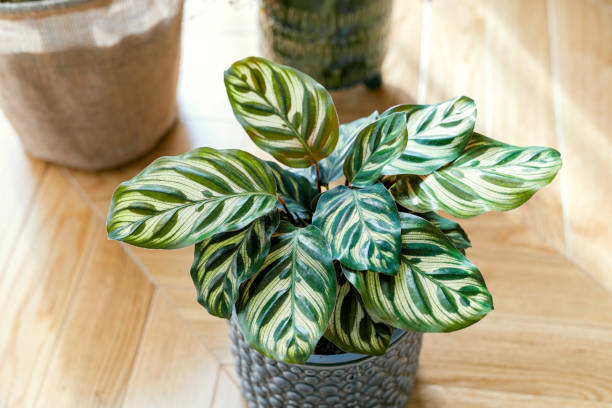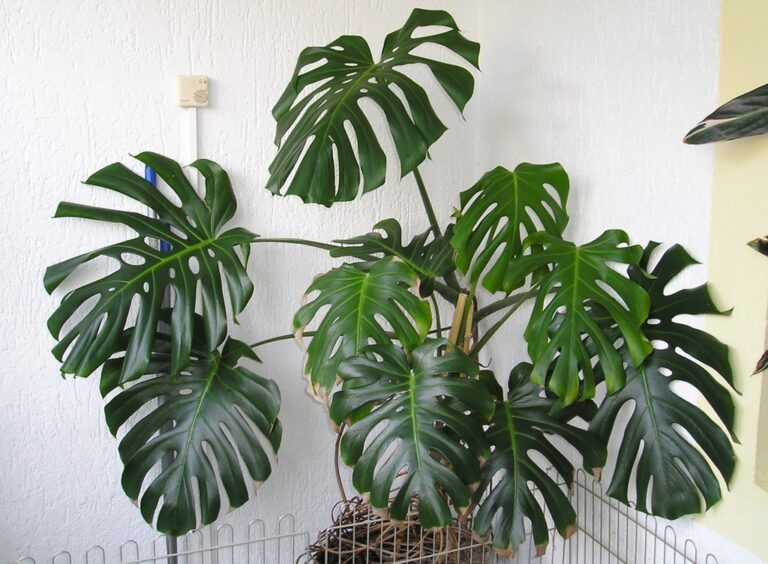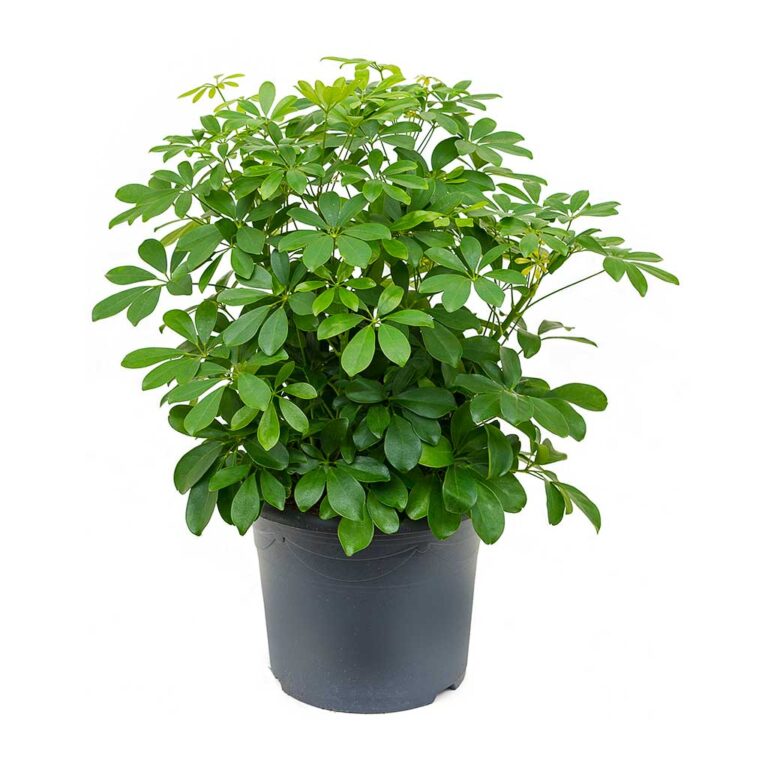Your Perfect Indoor Palm: Dypsis Lutescens
Your Perfect Indoor Palm: Dypsis Lutescens
Looking for a plant that adds a tropical touch to your home while purifying the air? Meet Dypsis lutescens, the golden cane palm you didn’t know you needed!
Hey there! I’m thrilled to share something green and gorgeous with you today. As someone who recently transformed my dull living room into a lush mini-jungle, I can’t wait to introduce you to my absolute favorite houseplant: Dypsis lutescens, also known as the Areca Palm. Whether you’re a plant parent newbie or a seasoned green thumb, this palm is a winner—and I’ll show you exactly why.
Table of Contents
What is Dypsis Lutescens?
Dypsis lutescens, commonly known as the Areca Palm, Butterfly Palm, or Golden Cane Palm, is a tropical plant native to Madagascar. This elegant houseplant features feathery, arching fronds and bamboo-like golden-yellow canes, making it an instant eye-catcher. Not only is it stylish, but it’s also non-toxic and safe for pets—an added bonus for plant-loving households. In tropical and subtropical regions, it grows outdoors as a landscape plant, but indoors it flourishes with minimal care.
Essential Care Guide for Areca Palm
Taking care of Dypsis lutescens is simpler than you think. Follow these guidelines to keep your palm happy and thriving indoors.
| Care Factor | Recommendations |
|---|---|
| Light | Bright, indirect sunlight |
| Water | Water when topsoil is dry; avoid overwatering |
| Humidity | Prefers high humidity; mist regularly |
| Soil | Well-draining potting mix |
Top Benefits of Having Dypsis Lutescens
Why choose Dypsis lutescens over other houseplants? Here’s what makes this palm stand out from the crowd:
- Improves air quality by filtering out toxins
- Pet-safe and non-toxic
- Adds a tropical, calming aesthetic
- Easy to grow and low maintenance
- Natural humidifier for dry indoor air
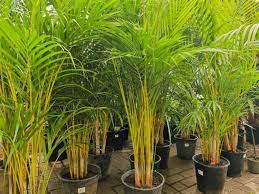
Common Problems and Solutions
While Dypsis lutescens is fairly resilient, a few common issues can arise if not cared for properly. Yellowing leaves often signal overwatering, while brown tips may indicate low humidity or fluoride sensitivity. Pest infestations like spider mites or mealybugs are also possible, especially in dry indoor conditions. The good news? Most problems are preventable with consistent care, proper watering habits, and regular leaf inspections.
Plant Profile: Specifications at a Glance
Here’s a quick look at the key characteristics of Dypsis lutescens, perfect for quick reference or beginner plant parents.
| Attribute | Details |
|---|---|
| Scientific Name | Dypsis lutescens |
| Common Names | Areca Palm, Golden Cane Palm, Butterfly Palm |
| Light Requirement | Bright, indirect sunlight |
| Watering Frequency | Once topsoil dries out |
| Growth Height | Up to 6–10 feet indoors |
Best Placement and Styling Ideas
Where should you place your Dypsis lutescens for maximum aesthetic and health benefits? Try these easy styling tips:
- Position near east-facing windows for soft morning light
- Pair with rattan or bamboo pots for a tropical vibe
- Use as a natural room divider in open floor plans
- Group with other tropical plants like monstera or philodendron
- Place in home offices for calming greenery
Frequently Asked Questions
How often should I water Dypsis lutescens?
Water the plant when the top 1–2 inches of soil feels dry. Overwatering is a common mistake—it’s better to err on the side of slightly dry than too wet.
Can Dypsis lutescens grow in low light?
While it tolerates low light, it thrives best in bright, indirect sunlight. Too little light can lead to slow growth and yellowing leaves.
Is it safe for cats and dogs?
Yes! Dypsis lutescens is non-toxic to both cats and dogs, making it an excellent pet-friendly indoor plant choice.
Why are the tips of my Areca Palm turning brown?
This could be due to low humidity, fluoride in water, or inconsistent watering. Try misting the plant and using filtered water if possible.
How can I propagate Dypsis lutescens?
Propagation is usually done by division. When repotting, gently separate the clumps and plant them in individual pots with fresh soil.
Does it need fertilizer?
Yes, feed the plant with a balanced liquid fertilizer once a month during spring and summer. Avoid over-fertilizing in the dormant winter months.
Dreaming of a home jungle like I am? Dypsis lutescens is the perfect place to start. It’s low-maintenance, visually stunning, and brings a calm, tropical feel to any space. Whether you’re a plant newbie or a seasoned green thumb, this palm makes it easy to fill your home with lush vibes. Have questions or tips of your own?


